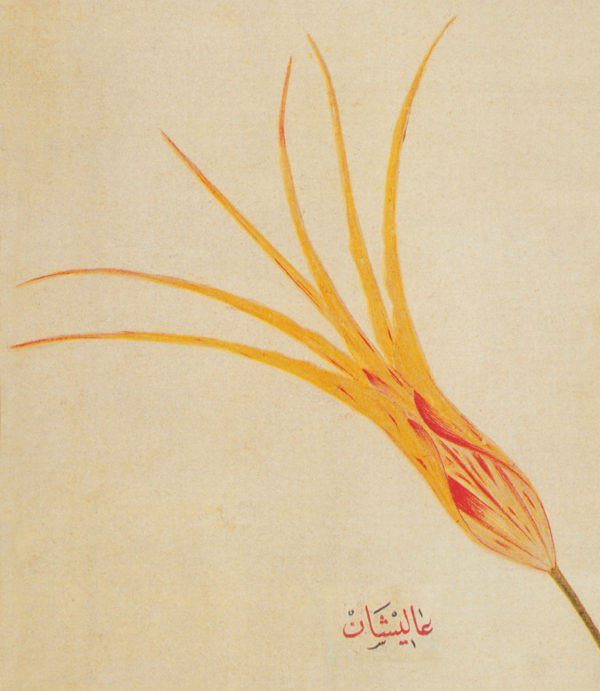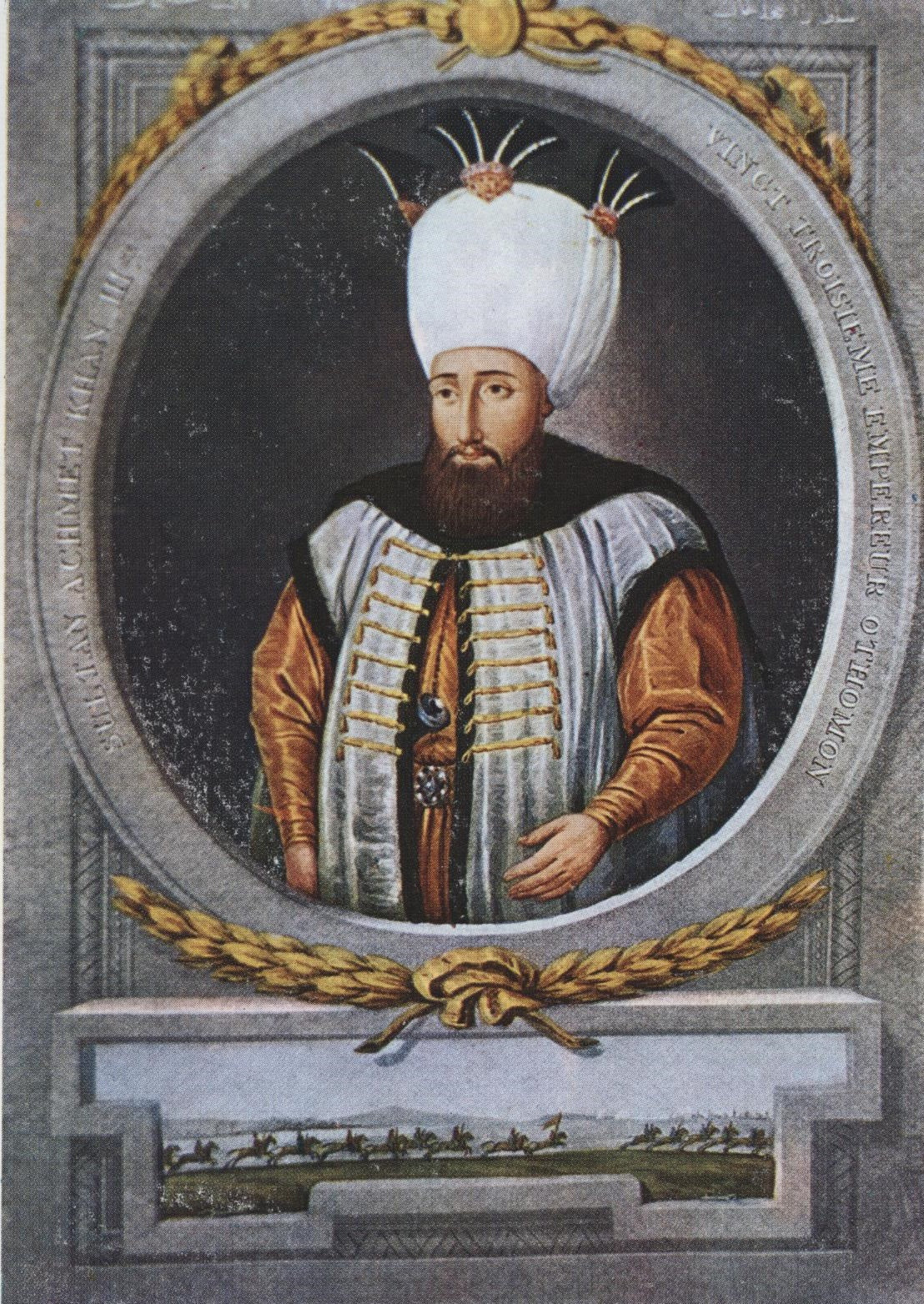The Tulip in Turkey
The Turkish love affair with tulips lasted for more than 400 years, passing through two distinct ages of obsession.

The Country that Brought Tulips to the West
The early Turks were tribal people, nomadic warriors and traders who emerged in Central Asia in the 9th century. By the late 11th century they had conquered most of Anatolia and Northern Persia, where they ruled until the mid-13th century. Also called the Seljuks, these communities were mostly illiterate and nothing appears in writing about tulips before the 11th century poems of Omar Khayyam. The first known illustration of a tulip was found on a tile from the palace of Sultan Alāad-Dīn Kayqubād bin Kaykāvūs, who reigned over Persia from 1220 to 1237. In the mid 13th century, Mongolian incursions fractured the Seljuk Empire and a new leader arose, Osman, for whom the Ottoman Empire would be named. The Ottomans survived and prospered for more than 600 years, conquering Constantinople in 1453, and ruling over a vast swath of land that stretched from the Middle East all the way to Spain and the borders of Austria.
As the Ottomans grew more powerful and stable, their cities became known for fabulous gardens. They grew tulips in glorious profusion along with other wildflowers, including violets, roses, narcissus, saffron crocus, and Persian lilac. The tulip was often embroidered as a lucky talisman on garments worn under armor in battle. It also figures in the accounts of an ill-fated battle between Turks and Serbs in the late 14th century, when a field strewn with severed heads in bloody turbans was compared to a field of tulips. The tulip was memorialized in poetry, decorated tiles and ceramics, and woven into the designs of textiles like carpets and shawls.
In the first centuries of Ottoman rule, gardeners made few attempts to alter wildflowers through breeding, but by the time Sultan Suleiman the Magnificent ascended the throne in 1520, things had begun to change.
Suleiman adored tulips. His clothes were heavily embroidered with them and he charged his subjects with supplying vast numbers of tulips in tithe. The best of these graced Suleiman’s private garden, know as the Abode of Bliss. A lush sanctuary, it was carefully tended by professional gardeners, graced with musical streams, pavilions and flowers. There the sultan’s concubines, slaves, and retainers spoke a unique dialect, and noblemen frequently decorated their turbans or tulipans with a single tulip. It is from this practice, observed by European travelers and diplomats, that we get the English word for tulip.

Lale Devri: Turkey’s Tulip Age
Two hundred years later, the Turkish cult of tulips peaked under Sultan Ahmet III (pictured), who ascended the throne in 1703. For a brief period, aptly dubbed ‘The Tulip Era’ which is said to have begun in 1718 from the Treaty of Passorowitz, lasting until 1730 with the Patrona Halil Revolt, Turkey experienced its own form of tulipmania.
Over the course of the previous centuries, the characteristic tulip of Istanbul had emerged as the long, slender blossom with needle-like petals. Its from can be found on mid-Ottoman ceramics, paintings, and embroidery. Gardeners devoted to tulip cultivation gave their creations poetic names: "Light of Paradise," "Matchless Pearl," "Diamond’s Envy," "Rose of the Dawn," and "Pomegranate Lance." Records suggest that there were more than 1500 varieties of tulip in cultivation, including several bred by accomplished women growers, who are credited with creating varieties called “Gem of the Shah” and “Seeker of Hearts.”
Tulips began to change hands among the wealthy at increasingly exorbitant prices. Sultan Ahmet's Istanbul gardens were filled with tulips bred on Turkey's high mountains, as well as the best that could be had from Holland’s commercial growers. Over the course of his reign, he imported millions of Dutch tulip bulbs at enormous cost.
Ahmet was famous for lavish spectacles staged in the Ciragan garden of his Istanbul palace during tulip season. Tulips adorned pyramids, towers, and planting beds. Flowers in pots and vases filled in any bare spots. Candles mounted on the backs of slow-moving tortoises illuminated the garden, supplemented by others set in the ground and candles and torches placed in thousands of mirrored crystal lamps. Caged birds sang, vying with the musicians described by foreign guests as playing “wild Turkish music.” Concubines and guests wandered among the flowers, celebrating the tulip in all its glory.
Although Turkey prospered under Ahmet, his subjects eventually tired of his excesses, among them the enormous expense of his tulip festivals. His reign ended in 1730 when a mob rose up against him. In the decades that followed, the tulip lost its cache in Turkey. The high mountain beds where bulbs once bloomed became pastures for sheep and goats, but the tulip remained an elegant motif in Turkish ceramics, literature and textiles. Even today, a tulip in abstract form graces the fuselage of all Turkish Airlines planes.
